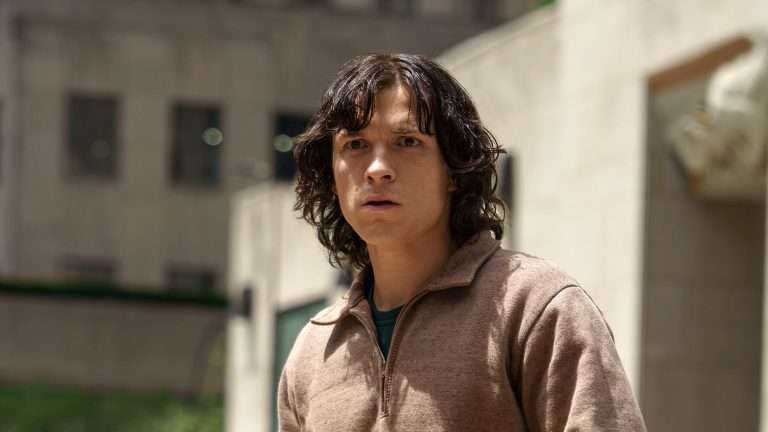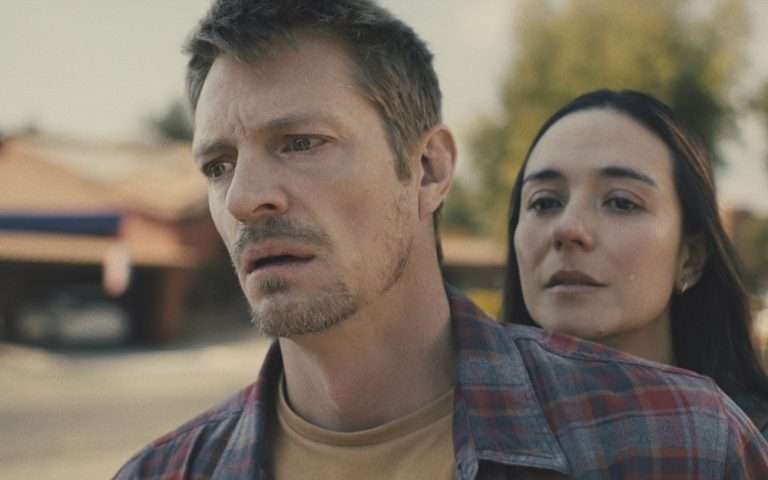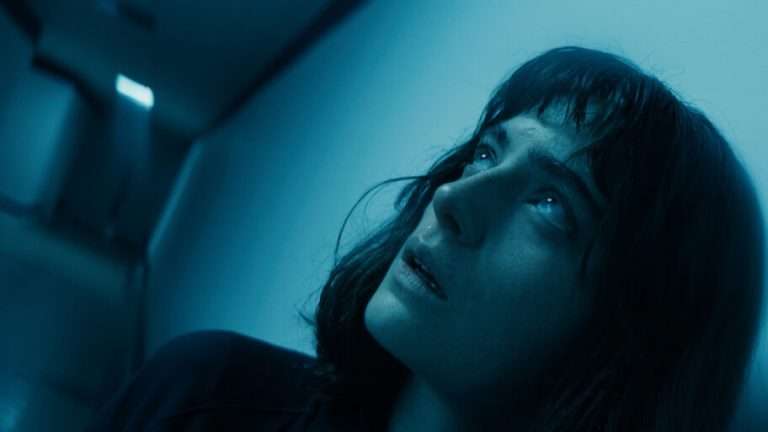Georgian film is more than 110 years old with its pioneer director Vasil Amashukeli who started making short documentaries back in 1908. In 1912 Amashukeli shot the first full-length documentary in the history of cinema “Journey of Akaki” about one of the prominent Georgian poets and public figures Akaki Tsereteli. Georgian film has its on and offs, ups and downs, and have been influenced both by the Sovietization and de-Sovietization.
Before the Soviets invaded Georgia in 1921 the local filmmakers struggled to make ends meet. For instance, the first national fiction film “Qristine” was in production for about three years; the director and the crew barely made it to screens, however, there was some filmmaking back then. During the Soviet rule (1921-1991) Georgian cinema has been one of the most significant cultural outcomes in the USSR and almost always in the focus around the globe.
After 1991 the country has suffered from the tide of Neoliberal economic waves; all the infrastructure established during the Soviet era was privatized, business interests became omnipotent and national funding organizations were abolished. Now all the movie theatres are private, and most of them are turned into banks or restaurants (some of them became churches.). Besides these barbarities, there’s a Georgian National Film Center that has only a five Million Lari ($1.5 Million) budget. However, filmmakers cracked it up a notch in the last decade and made some great films.
Here’s the list of the greatest 25 Georgian films through the 110 years of history:
1) Once Upon a Time There was a Singing Blackbird (1970), Otar Iosseliani
Controlled disarray and the mathematical accuracy of montage are the principal motifs of Otar Iosseliani’s cinematic world. Initially, he started an education at the faculty of mathematics in Moscow but soon changed his mind went to Moscow State Film Institute (VGIK). Now he’s living in France as an honored filmmaker from the post-soviet state, Georgia.
Similar to Best Georgian Films: 20 Best French Films of the 2010s Decade
“Once Upon a Time There was a Singing Blackbird” is the second feature of the director examining a young talented Georgian musician a drum player in the national orchestra Gia Agladze (Gela Kandelaki). Living in the prestigious part of Tbilisi the protagonist is vastly popular among his society. Actually, he has very little part in the orchestra only playing a few drum rolls by the end of the concert. However, the conductor asks him to spend more hours with the band either. His life also drifts that way; he initiates lots of things before the other ones are complete. It is the chaos-driven masterwork where Matthew’s Passion by K\J.S. Bach, the cynicism, and the feeling of regret are operating to sketch the psychological portrait of Gia Agladze.
Where to watch: იყო შაშვი მგალობელი – YouTube
2) My Grandmother (1929), Kote Mikaberidze
One of the notable pictures of avant-garde cinema “My Grandmother” possesses a huge history of Soviet censorship. Mikaberidze directed only 6 films throughout his career and only the above mentioned is known for the big audience however in 2017 National Archives of Georgia hosted a display of his works including photographs, sketches, and documentary material.
Shot in 1929 the story follows corrupt practices in soviet bureaucracy. One of the bureaucrats gets fired which causes to unravel all the atrocities and procrastinating experiences in the communist system. The film turned out to be so critical for the state by then, it was banned from screens for 38 years. It was later released in 1976 when the Soviet Union was way softer. The picture contains dreamy imagery, hallucinating visuals, and absurdist narratives and movements like the work of the conspicuous Czech writer Franz Kafka.
Where to Watch: ჩემი ბებია (ნათლიმამა) – კონსტანტინე მიქაბერიძე. 1929 – YouTube
3) What Do We See When We Look At The Sky (2021), Alexandre Koberidze
An emerging Georgian director Alexandre Koberidze sets a lulling fairy tale in the 21st century. The auteur exposed the visual brilliance in his 2017 debut feature “Let the Summer Never Come Again” shot by old junk Sony Ericsson camera. It’s a 3h and 22m film with bold experiments and a nostalgic overview of Tbilisi, the capital city of Georgia.
Similar to Best Georgian Films: 10 Best Spanish Thrillers of All Time
“What Do We See When We Look At The Sky” is a sophomore feature by Koberidze where the boy meets a girl; they fall in love and set a date; while heading home they lose their faces becoming strangers to each other. The film is about their struggle to encounter their loved ones and themselves again. FIPRESCI jury awarded it at 71th Berlin International Film Festival; it on top got the best screenplay award at Chicago International Film Festival, won the main competition at Pesaro International Film Festival of New Cinema, and a special mention (Roberto Rossellini Awards) at Pingyao International Film Festival. “What Do We See When We Look At The Sky” is a rare celebration of pure cinema that is lacking in film nowadays around the globe.
The film will soon be available at MUBI.
4) The Plea (1967), Tengiz Abuladze
Adapted from a Georgian pen-master Vazha Pshavela’s notable narrative poems, “The Plea” is presumably the most tenebrous picture in the history of Georgian film. Vazha Pshavela himself was one of the earliest humanist authors in Georgia who also took his readers to gloomy places to encounter truth from experiencing darkness.
Directed by well-acclaimed Tengiz Abludze the film possesses dignity, friendship, and rivalry taking the audience to the grimmest places of human nature. The community is against the protagonists, and they are against their communes. Murders, assassinations, and body distortions lead highland heroes to frustration; all the more one of them casts his eyes on cannibalism. “The Plea” is a ferocious balladry with its gloomy climate and tragic energy.
Where to Watch: მხ.ფ “ვედრება’ – “Vedreba” #40 – YouTube
5) Salt for Svanetia (1930), Mikhail Kalatozov
Mikhail Kalatozov is one of the most prominent names in the history of world cinema. He framed an exhilarating loving triangle of WWII “The Cranes are Flying” in 1957, celebrated a Cuban revolution with expressionistic “Soy Cuba” in 1964, and a guilt-driven Soviet-Italian co-production “The Red Tent” in 1969 with Sean Connery, Claudia Cardinale, and Ennio Morricone in it.
Related to Best Georgian Films: Best Soviet Silent Comedy Films
“Salt for Svanetia” is an early film of Kalatozov portraying the rigid living conditions of the Svan people in an isolated village, Georgian. Svanetia is the highland region of Georgia which the Soviets could hardly modernize and industrialize. Here, Kalatozov details the social, cultural, and traditional rituals of the people. The film is an existent study of Soviet imperialism, and of revolutionary aesthetics.
Where to Watch: Mikhail Kalatozov, ‘Salt For Svanetia’ 1930 – YouTube
6) The Color of Pomegranates (1969), Sergei Parajanov
Also, an enormous name of an international cultural scene Sergei Parajanov’s “The Colour of Pomegranates” is an alluring masterpiece. Not just an acclaimed but Parajanov’s name was also way too controversial in the Soviet Union. Of Armenian origins, he was born in the center of Tbilisi, Georgia, then he went to study in Russia, Moscow and started his career in Ukraine. He was arrested with ridiculous accusations but served about four years sentence in prison.
Literally, the film is more Armenian than Georgian but it can also be categorized as the Georgian one because of a few things. The picture depicts the life of an esteemed 18th-century Armenian poet Sayat-Nova where the Georgian actress Sofiko Chiaureli combines four numerous personages. Stiffened and static camerawork, cross-cutting manner, and glowing, radiant, or vivid aesthetics adopt an alienating nature.
Where to Watch: The Color of Pomegranates FULL MOVIE Parajanov/ Նռան գույնը / Цвет Граната – YouTube
7) Eliso (1928), Nikoloz Shengelaia
An eccentric poet and a novelist and a character in the Georgian Futurist stage Nikoloz Shengelaia shot an action-driven expressionist drama “Eliso” in 1928. Shengelaia made his career making unconventional portrayals of forbidden love on the screens of silent films.
Related to Best Georgian Films: 15 Essentials Japanese Silent Cinema
“Eliso” also known as “Caucasian Love,” a silent-era masterpiece is based on Alexander Kazbegi’s same-titled short story. It evolves in the Chechen village during the invasion of the Tsarist regime. Chechen girl Eliso and Georgian guy Vazhia who are the members of opposing villages find love. The prominent honor of the film is the montage assembled according to ethnographic music.
Where to Watch: Элисо (фильм) ელისო Eliso (1928г.) – YouTube
8) Extraordinary Exhibition (1968), Eldar Shengelaia
An older son of the previously pronounced Nikoloz Shengelaia, Eldar Shengelaia can equally be described as Milos Forman of Georgian cinema. His outrageously grotesque and ironic portraits of society make him a dissident filmmaker of the 1960s. Though he made only twelve feature films in his sixty-three years of career he remains one of the biggest geniuses in the national film.
In “Extraordinary Exhibition” the young sculptor who returned from WWII struggles with the political order and bureaucracy accepting to model grave monuments. This film is enriched with the aesthetics of Italian Neo-Realism where the protagonist is alienated from the working conditions. However, it’s more light-hearted than the dully and depressing Neo-Realist films, it nevertheless carries grief and sorrow.
Where to Watch: არაჩვეულებრივი გამოფენა (1968წ) – YouTube
9) Mimino (1977), Giorgiy Daneliya
Giorgiy Daneliya was a master of unconventionally comic narratives and imagery with his eccentric “Kin-Dza-Dza” (1986), satirical “Afonya” (1975), or with his 1979 melancholic masterpiece “Autumn Marathon.” “Mimino” is a pukka case of Georgian golden era films with grief and joy, comedy and drama, and lots of carnivalesque occasions.
Related to Best Georgian Films: Every Andrei Tarkovsky Film Ranked
Mimino means sparrowhawk in Georgian and in the film it comprises the name of a young Georgian pilot who travels to Moscow with an aim to learn to fly a large aircraft. In Moscow, he makes a roommate an Armenian truck driver Rubik, and they undergo a number of practical escapades. They sing and dance, laugh and cry, defend their dignity and go to trials, and feel the ethnographic self-respect in the Russified empire. This film represents a substantial study of cosmopolitan relations of peoples of the USSR.
Where to Watch: Мимино (FullHD, комедия, реж. Георгий Данелия, 1977 г.) – YouTube
10) Pirosmani (1969), Giorgi Shengelaia
Giorgi Shengelaia is also a master from the Shengelaia family who has experimented with lots of genres. He made musicals, also historical and battle films, a controversial adaptation of a popular story, and even the first erotic Georgian film or a slapstick comedy.
“Pirosmani” titled after the dedicated Georgian artist chronicles the painter’s lifelong voyage. According to mutualart.com the prices of his paintings nowadays are approximately around $10,663 to $2,838,632 while he, in fact, died from starvation. Shengelaia shot a documentary about an artist in 1961 before making the fiction one. “Pirosmani” is almost a minimalist depiction resurrecting the painter’s style on the screen and pulls the audience into the naive hypnotic world of Niko Pirosmani.
Where to Watch: მხ.ფ “ფიროსმანი” – “Pirosmani” #30 – YouTube
11) Shepherds of Tusheti (1976), Soso Chkaidze
Soso Chkhaidze established his career in TV and documentaries. In 1967 Chkhaidze directed his debut documentary short film Kolkhida assembled with ethnographic cultural assets. His filmography is a pure manifestation of poetic syncretization of documentary and fiction. “Shepherds of Tusheti” is not an exception, too.
Related to Best Georgian Films: The Human Scale (2012): An Urban Planning Documentary That Questions City Design
It’s a monumental TV film in three episodes that documents the rigid living conditions of shepherds in one of the remote regions of Georgia – Tusheti. The film’s been in production for five years with the crew living in the highland villages. Here, documentary footage and fiction set are indiscernible; most of the personages are non-professional, and it also generates a great synthesizing fashion.
Where to watch: თუში მეცხვარე [პირველი სერია] – YouTube
თუში მეცხვარე [სერია 2] – YouTube
თუში მეცხვარე [სერია 3] – YouTube
12) Falling Leaves (1966), Otar Iosseliani
Wine-makers are rumored to be one the most corrupted social classes in Soviet history. If French identity is defined by “liberty, equality, and fraternity”, wine explains everything about Georgian people. So, if you want to make a parable about Georgians you need to target wine-makers.
This first full-length film by Otar Iosseliani is another paragon in Georgian cinema. “Falling Leaves” portrays a young idealist Niko who starts working in a wine factory. He faces corruption, negligence, and professional futility at the workplace that becomes the central thing for his social and existential estrangement. Niko discovers himself on the same rough path in his loving life and he turns out tough, too. It’s a brilliant picture with a distinct social critique and an astonishing cinematic look.
Where to Watch: გიორგობისთვე [ორიგინალი, ქართული გახმოვანებით] – YouTube
13) The Wedding (1964), Mikheil Kobakhidze
Mikheil Kobakhidze is apparently Albert Lamorisse of Georgian cinema – he made only short films throughout his lifetime. The critics also usually address Kobakhidze to Charlie Chaplin, and also Buster Keaton. He brought back the whole silent era Hollywood energy in the 1960s of Soviet Georgia.
Related to Best Georgian Films: Comets (2019): Of Moments and Torrid Affair
His “Umbrella” is very much like Lamorisse’s “The Red Balloon,” but in this case, there’s an umbrella. Kobakhidze also tensions with the Soviet establishment however “The Wedding” is enriched with socialist-realist cliches. It’s a romantic sequence in the urban life of Tbilisi where love and disappointment, tangible and fantastic, dream and reality, co-exist peacefully. The original score in the film is “Les Deux Guitares” setting up both comic and dramatic looks on the screen.
Where to Watch: ქორწილი / Wedding (მიხეილ კობახიძე) 1964 – YouTube
14) When Almonds Blossomed (1972), Lana Ghoghoberidze
Like so many other women artists, Lana Ghoghoberidze’s work and effort are slowly being concealed and forgotten, however, she was as important in the golden era of Georgian film as Shengelaia brothers or Iosseliani.
This film displays a feud between two high school boys; they compete against each other in a bike tournament or over a girl. The dispute becomes more serious when the privileged one (Zura) crashes his father’s car against the tree and the other one gets killed. Later his father tries everything to clear Zura’s crime for the investigation. “When Almonds Blossomed” efforts to picture corrupt privileged class in the soviet establishment however it still comes forth as a melancholic coming-of-age drama allocating the feeling of guilt and regrets with the audience.
Where to Watch: როცა აყვავდა ნუში – YouTube
15) Blind Dates (2013), Levan Koguashvili
In the dawn of the 2010s, Levan Koguashvili was one of the brightest hopes of the local cinema. Graduated from the Tisch School of Art’s of Film Program in New York City he made his debut feature “Street Days” in 2010. It is about middle-aged junkies and portrays the social catastrophe of drug addiction back then.
Related to Best Georgian Films: 3 Films That Accurately Portray Drug Addiction
“Blind Dates” is also an earnful representation of 21st century Georgian society. Forty years old underpaid school teacher (Sandro) living with his parents finds himself in a loving affair with his student’s mother. This film is a sparkling line of the social rituals where the awkward and tragicomic cases unfold the leitmotif of the picture. The director Levan Koguashvili tests his ambivalent characters in a manner of Alexandre Payne’s Nebraska (2013).
Where to Watch: შემთხვევითი პაემნები – სრული ფილმი – YouTube
16) Great Green Valley (1967), Merab Kokochashvili
Merab Kokochashvili is also a VGIK graduate like most of the auteurs of the generation. His camera used to wander in the rural area exploring the agricultural and anthropological clashes of the society.
This 1967 reproaching image of the human bodies “Great Green Valley” remains vastly crucial even at present when the Green New Deal and the climate crisis are on the table of today’s sociopolitical agenda. The protagonist is living his countryside life while oil is discovered under his land. He does not want to vacate his land and after that, his desperate troubles appear.
Where to Watch: მხ.ფ “დიდი მწვანე ველი” – “Didi Mtsvane Veli” #65 – YouTube
17) I’m Beso (2014), Lasha Tskvitinidze
Here comes one of the most controversial, rough, and savage directors of contemporary Georgia Lasha Tskvitinidze. His short “Temo” (2019) holds a deep concern about digital capitalist trash while this entry “I’m Beso” is also constructed on the basis of kitsch and trash culture.
Related to Best Georgian Films: Scarred Hearts (2017): Shenanigans of a Profound Soul
The cinematic stance of “Beso” adrift between the approaches of early films of Harmony Korine and a desperate predicament exhibited at Romanian New Wave. Here he addresses a teenage boy living in a poverty-driven little town in Georgia and dreaming of being a hip-hop artist. Lots of social terms appear during the film including unbearable poverty, de-industrialized wrecked city, or LGBTQI. Here, Tskvitinidze exposes his devotion to depicting the underclass community and individuals with a subjective quasi-documentarian style.
Where to Watch: I’m Beso/მე ვარ ბესო on Vimeo
18) The Last Day, The First Day (1959), Siko Dolidze
Socialist Realism was the most eminent genre in the Soviet Union that produced ideas and normalized the values of the political establishment. The genre produced fairy-tale-like narratives where all the kind-hearted people overcame the difficulties imposed by life. In short, Socialist Realism created a hope that at some point true communism would be achieved.
Siko Dolidze was an admirer of the 1930s Soviet establishment, therefore after the denunciation of Stalinism, he kept making films in the realm of Stalinist ideology. A beginner postwoman follows an older postman who teaches her specifics of the profession however he demonstrates to her the main thing in life is to be kind. This film is a flawless image of benevolent people where kindness gushes over the audience, with the most skillful Georgian cinematographer Levan Paatashvili’s astonishing and stupefying landscapes and views of Tbilisi.
Where to Watch: მხ.ფ “დღე უკანასკნელი, დღე პირველი” – “Dghe Ukanaskneli, Dghe Pirveli” #78 – YouTube
19) Repentance (1984), Tengiz Abuladze
Tengiz Abuladze established his self-esteem on the basis of the trilogy where the first film is above-mentioned “The Plea.” In these three films, he struggles with human nature, exploring the devastating chronicles of society. Most of the Georgians love but can hardly watch this trilogy.
Related to Best Georgian Films: 10 Uplifting World Cinema Movies for the Family
“Repentance” is the last film of the trilogy and a severe treasure by Abuladze where he explores the most disastrous brutalities of Stalinism. “Repentance” is an allegory about the totalitarian system set in an abstract little Soviet town. The struggle against the despotic governor of the town and an aristocratic family is in the focus. In fact, it’s not an anti-establishment dissident film but still remains to be one of the greatest Georgian screen experiences.
Where to Watch: Repentance (1987) dir. Tengiz Abuladze (English subtitles) – YouTube
20) Beginning (2020), Dea Kulumbegashvili
Dea Kulumbegashvili revealed her heterogenous ability to prospect ferocity from a poetic point of view in her short “Lethe” the black and white visual trip to the remote Georgian village. She made a sensation at San Sebastian Film Festival in 2020 with her debut feature “The Beginning”.
The Beginning” is something that’s coined by Jonathan Romney as Slow Cinema. Here, Dea Kulumbegashvili studies the struggles of being a religious minority, but most importantly she observes a woman in different kinds of layers of patriarchal order. The rape, betrayal, macho-culture, and mystical experiences create both meditative and resisting stances of the film. It’s a very complex film with intercultural references and an enormous intellectual background.
Where to Watch: 123Movies | Watch Beginning (2020) Online Free on 0123movie.ru
21) The Step (1985), Alexander Rekhviashvili
Alexander Rekhviashvili was a very underrated filmmaker. He barely directed six films (both short and feature) in his almost 50 years of a filmmaking career. He emerged as a cinematographer and was also vastly outstanding in that field, too.
Almost motionless dynamics and absurdist tropes make “The Step” one of the most important pictures in Georgian film. The young guy leaves his parent’s house for a big change but everything keeps the same. Finally, he decides to leave for the highland village. “The Step” is both ways too realistic and also surreal at some points with its exciting, masterful camerawork and with the star boys of 1990s Georgian film, Merab Ninidze and Levan Abashidze in it.
Where to Watch: საფეხური / Sapekhuri [1985] (ქართულ ენაზე) – YouTube
22) Namme (2017), Zaza Khalvashi
Zaza Khalvashi’s been on set since the 1990s however he found a big favor in the eyes of Georgian critics with his 2017 feature a moderate mythological story “Namme” where he takes the audience from fairy-mythological fables into everyday life.
“Namme” seems to be the most mysterious and improbable tale of the contemporary Georgian cultural scene. A healing fish loses its power after a dam is constructed near and the water spoils. The film is titled after the healer girl Namme who will be in charge of the fish when her father dies. Maybe it’s the only Georgian picture in the realm of Transcendental Style. Here you have to wait for a miracle to happen and then you’ll have it!
Where to Watch: ნამე (Namme) ქართული ფილმი – YouTube
23) 13 Tzameti (2005), Gela Babluani
Gela Babluani is deep into morbid rituals. His sophomore feature “Heritage” (2006) displays the disturbing folk custom of savage avenge in the Svan region of Georgia. However, the second film exhibits local people as fierce animals with no social, cultural, or existential background, the debut feature “13” is deeper and seems to end up one of the best in the local industry.
Related to Best Georgian Films: The Taste of Cherry (1997): The Absurdity of Suicide
This Georgian-French co-production is a slow-burn thriller about a Georgian immigrant family in France. The younger son encounters some financial issues and finds himself involved in a secret gambling game. He’s the latest player of Russian roulette matches. Rich people bet on them. Maybe the creators of Squid Games (2021) have seen it before making their show? Anyhow, there’s also a Hollywood remake of “13” with Jason Statham in it and directed by the same director, too, which is not actually a noteworthy experience, however, 2005 “13 Tzameti” is a great film that will make you shake, tremble and contemplate.
Where to Watch: 13 Tzameti Uncut Full Movie Watch Online Original French (effedupmovies.com)
24) Taming the Garden (2021), Salome Jashi
Salome Jashi documented most of the deformities and absurdities of the late Georgian governments. She observed and passively criticized the social campaigns and the patriot camps of the previous political establishment; made a ridiculous documentary about one of the ministers of their establishment who reveals Machiavelian values in the most tawdry ways. With her latest “Taming the Garden” she addresses the caprice of the richest Georgian man and an unofficial leader of today’s Georgian political establishment.
Maybe the best Georgian documentary after the phenomenal Mikhail Kalatozov’s “Salt for Svanetia.” Salome Jashi’s “Taming the Garden” observes the transportation of millennial massive trees from around the country to the private garden of the richest and the most authoritative Georgian businessman. The whole thing of unsettling the giant trees and taking them to another place with a car or by the sea is way too surreal to see. A tree floating in the midst of the sea is something that reminds fiction films of great Greek auteur Theodoros Angelopoulos but watching it as part of something real is surely the fresh encounter.
Website of the film: Taming the Garden (tamingthegarden-film.com)
25) The Criminal Man (2019), Dimtri Mamuliya
Dimitry Mamuliya is a distinctively intellectual film theorist nowadays. He’s the founder and a tutor of the Moscow School of New Cinema. He aims to explain why the tendency of so-called Slow Cinema could be the dawn of new and fresh cinematic patterns. Mamuliya poses his cinematic stance on the philosophical construction which makes him the most outstanding nowadays.
Nightmarish adventure of creepy images, mutilated human bodies, murders of innocent guys, and bizarre human rituals are the features of “The Criminal Man.” After Giorgi, an engineer in an industrial city witnesses a murder his mind gets infected, and is haunted by homicide. He travels in odd places exposing the worst and the most hopeless settings of Georgia.
Not available online.


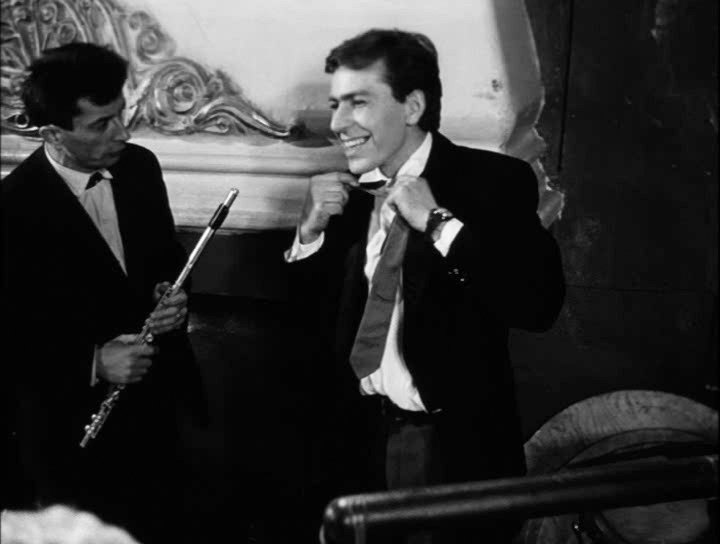
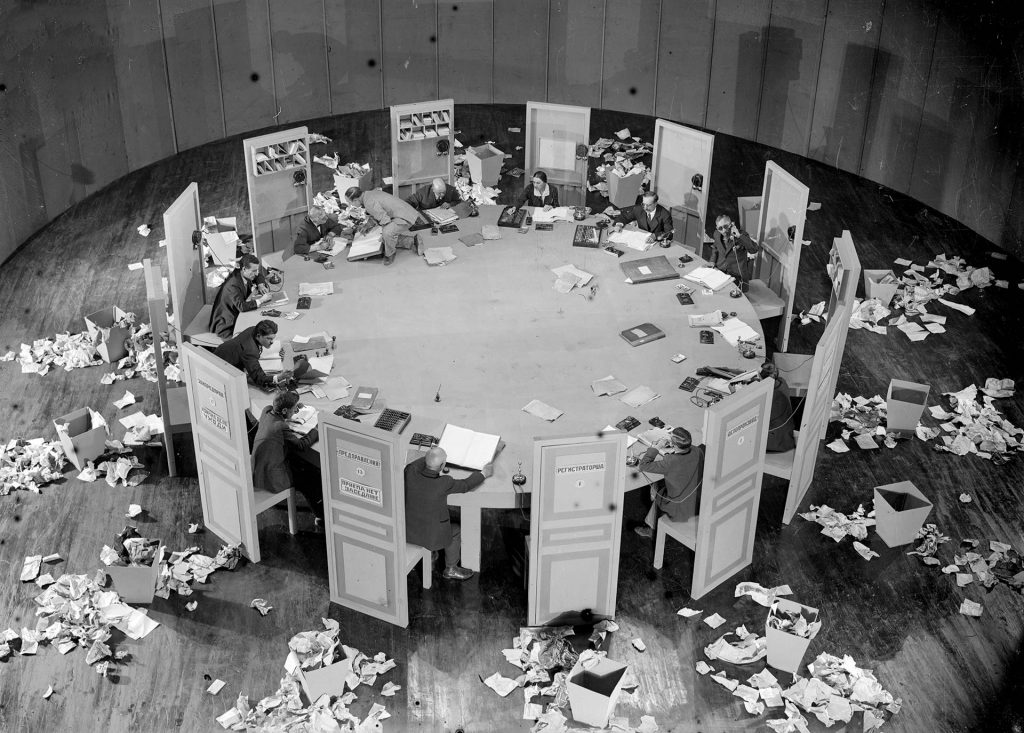
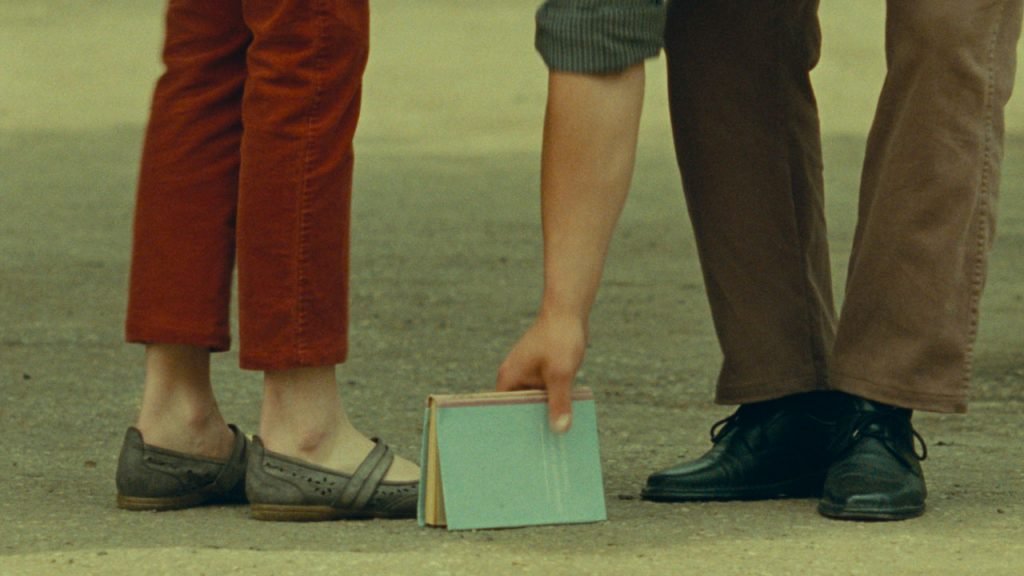
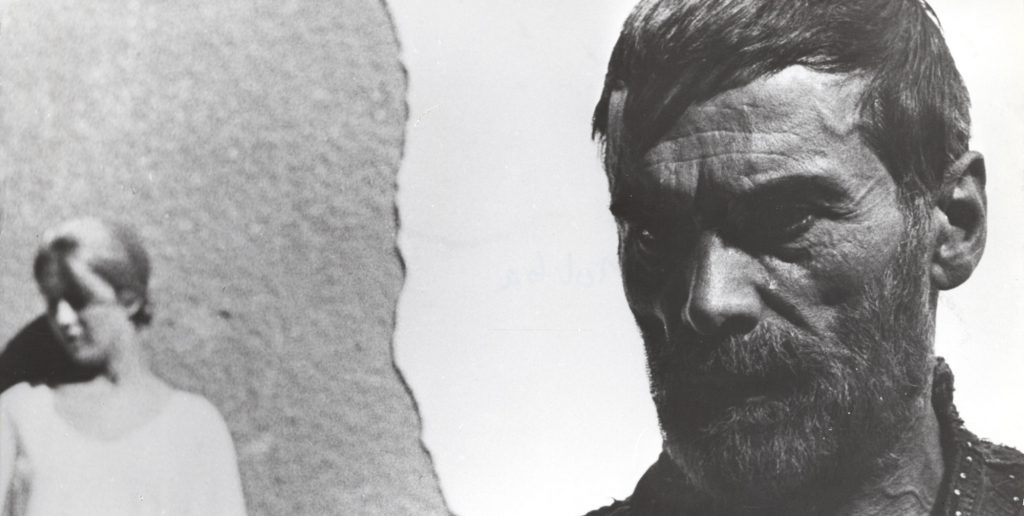
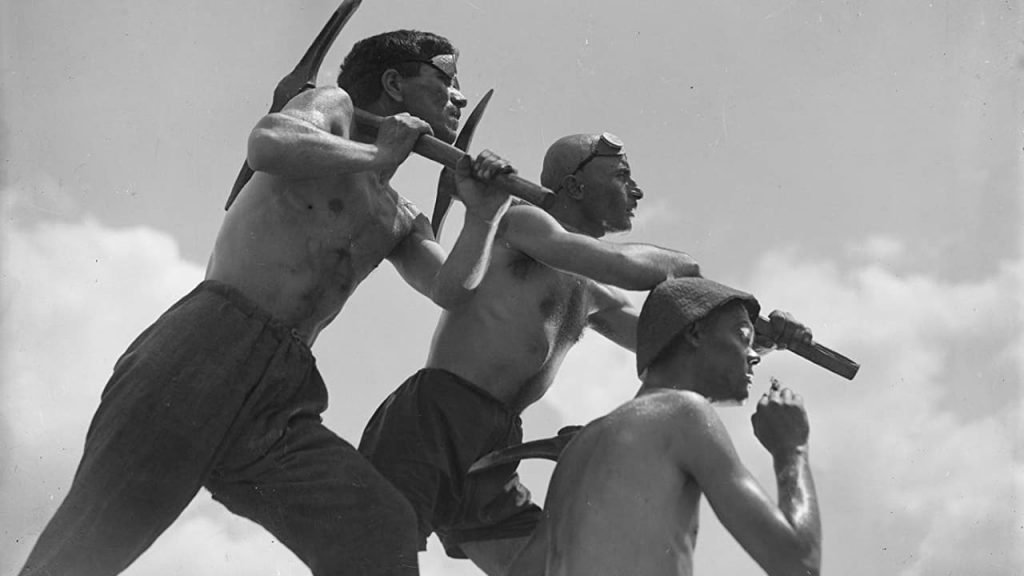
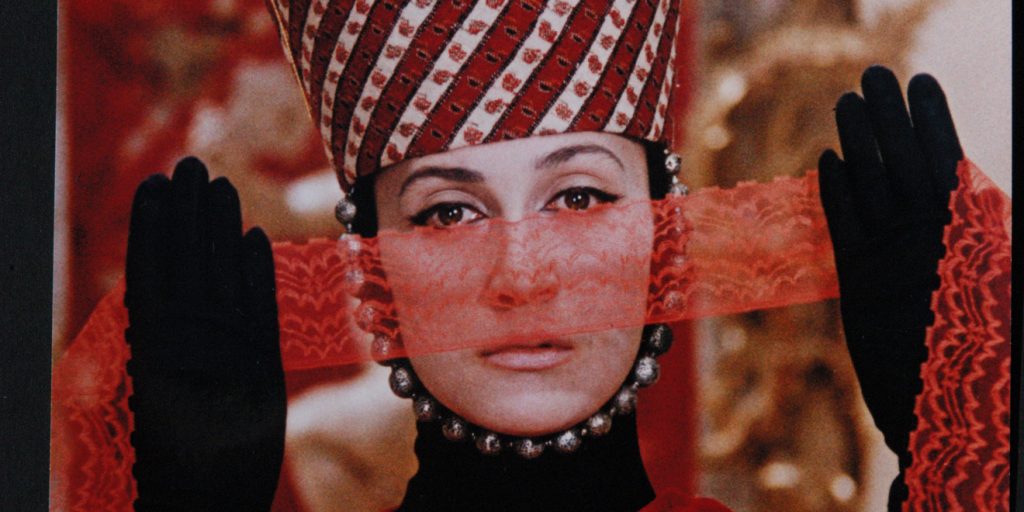
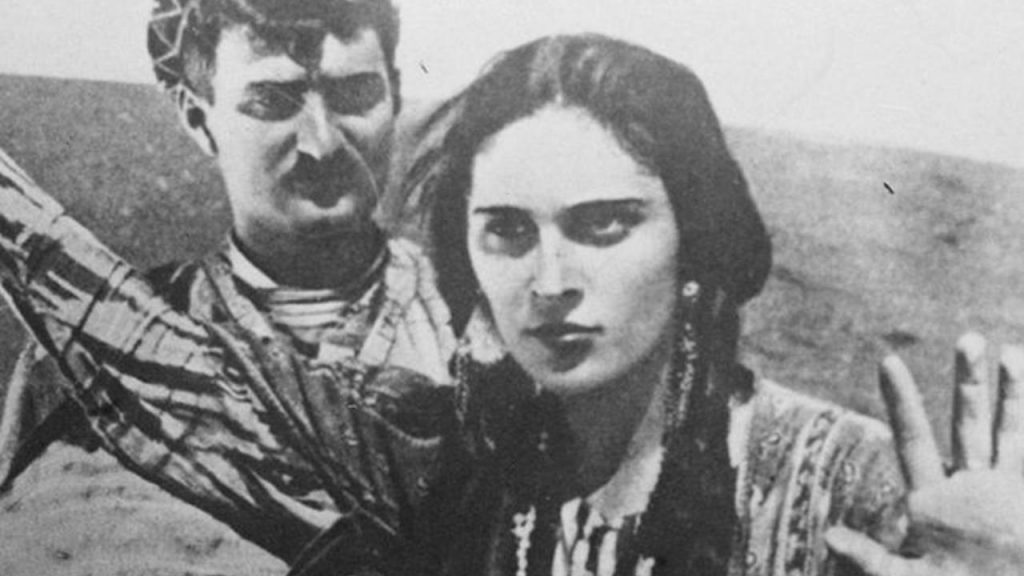
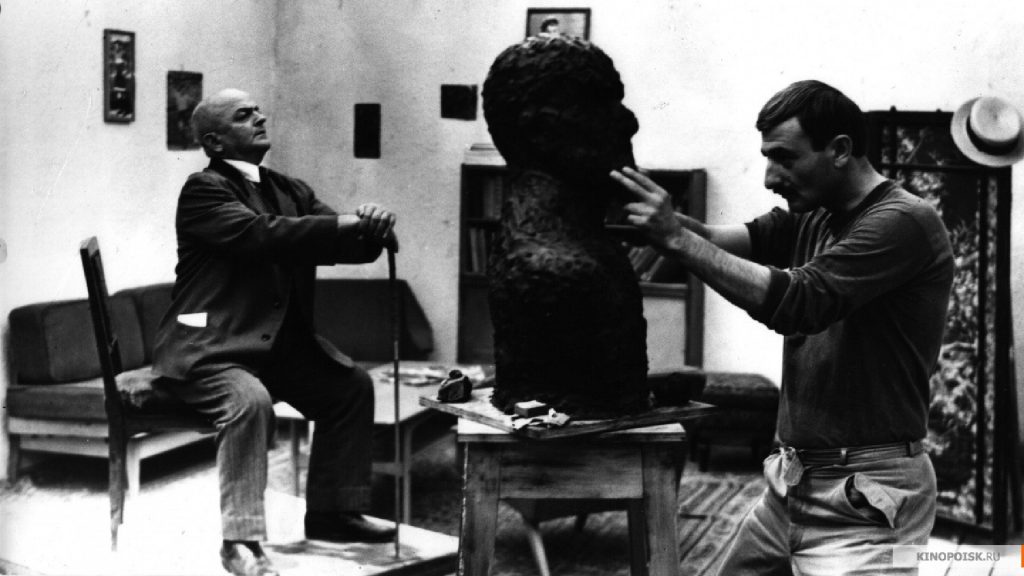
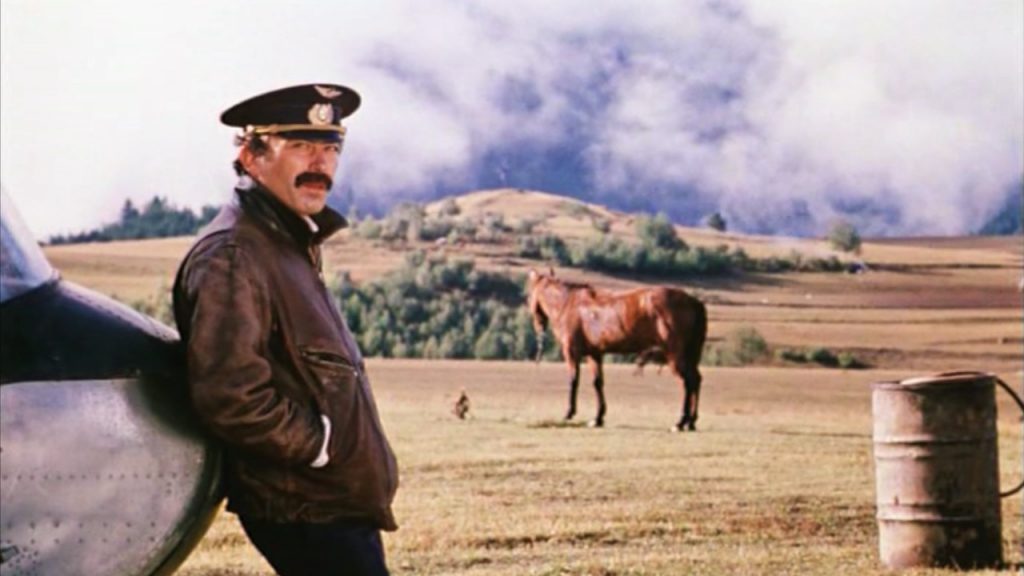
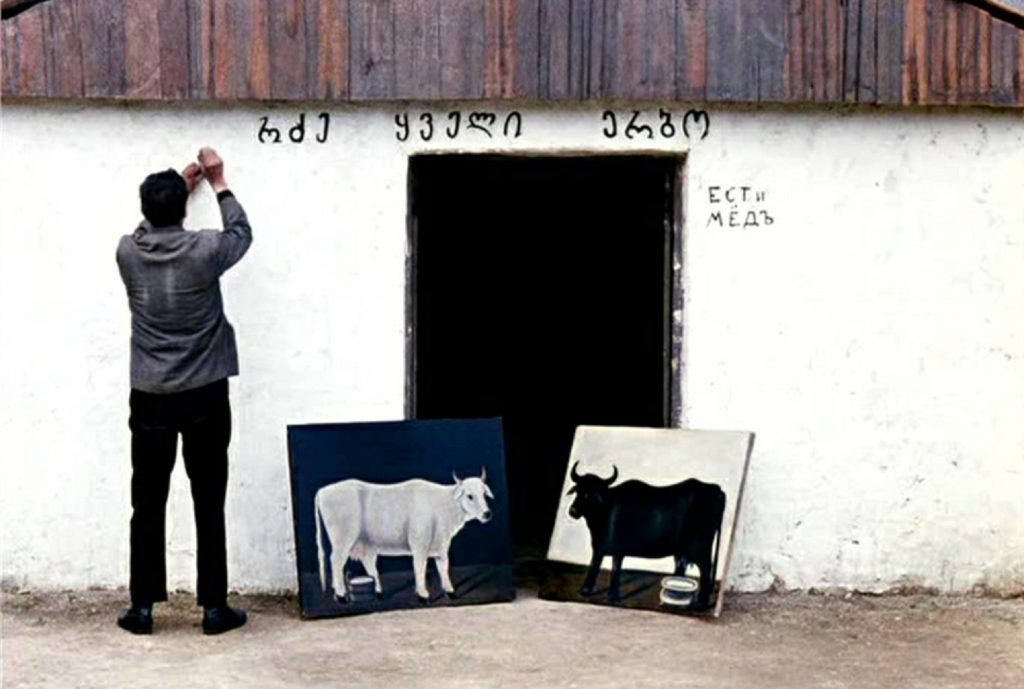
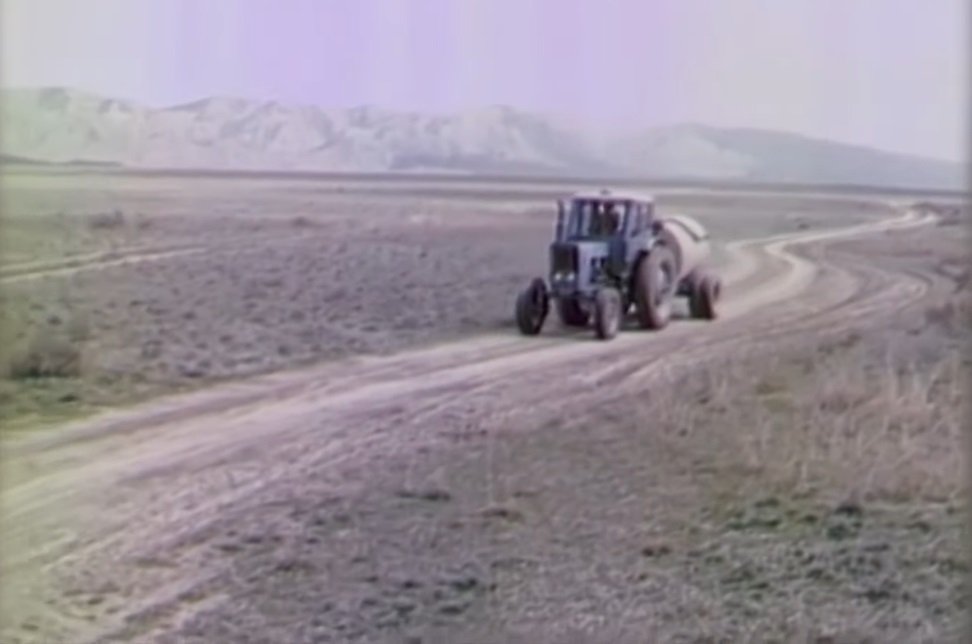
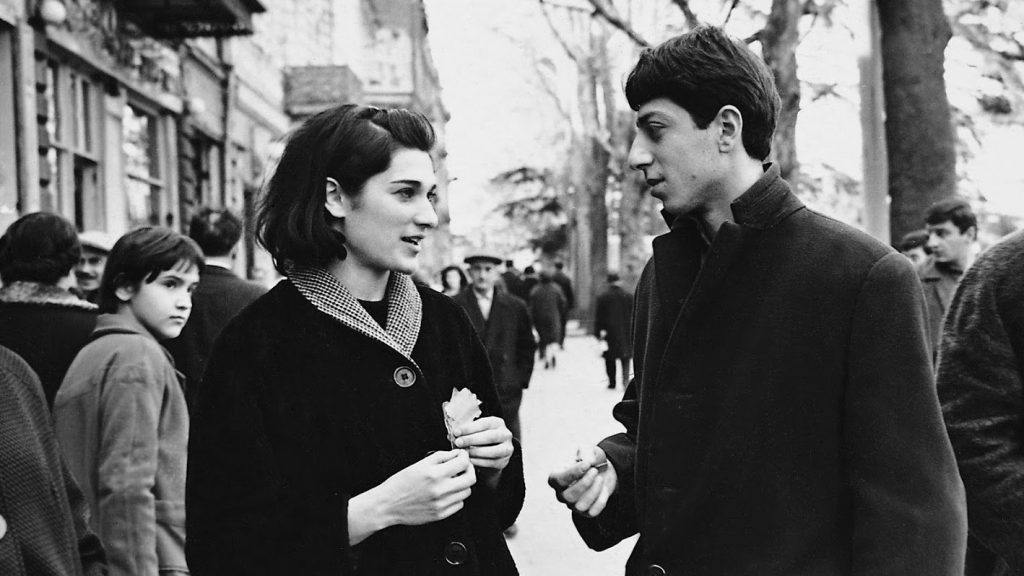
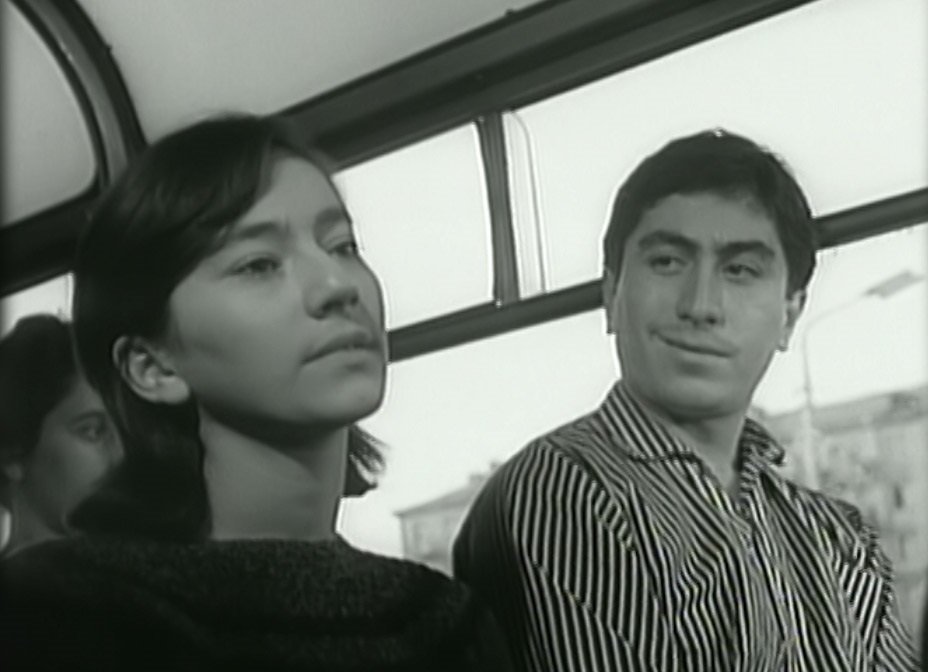
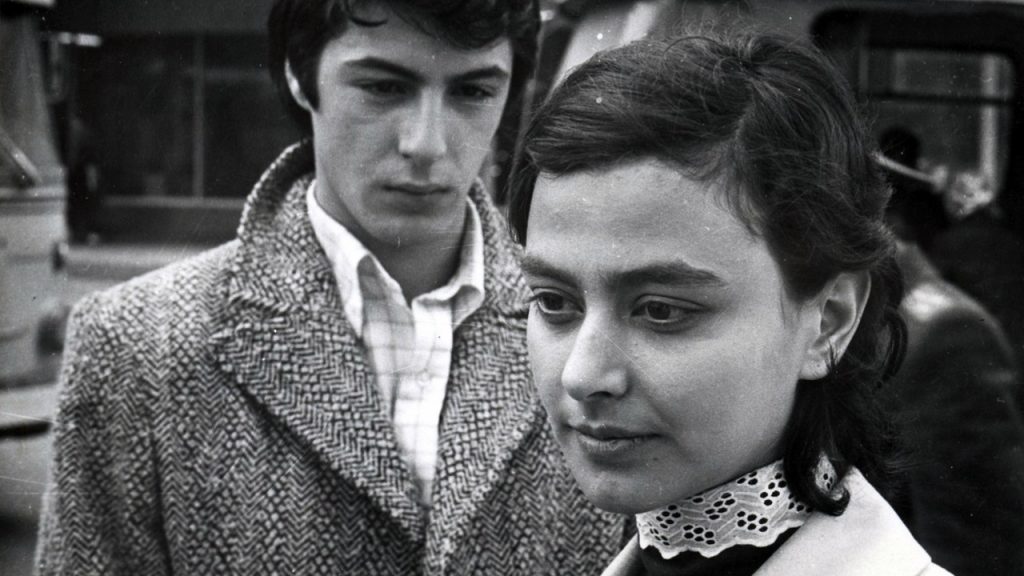
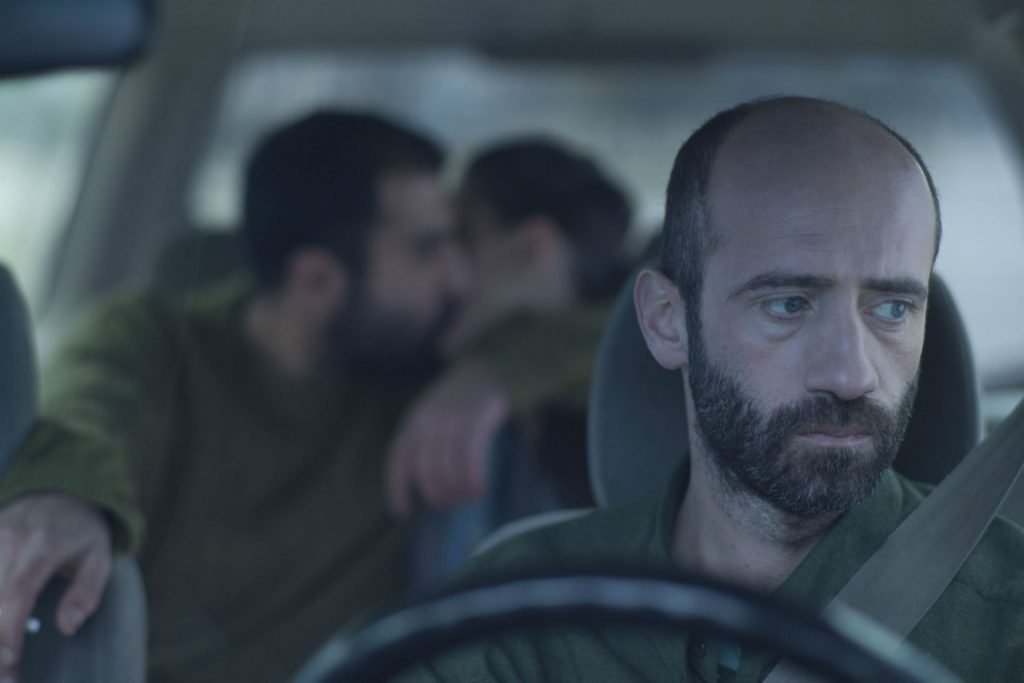
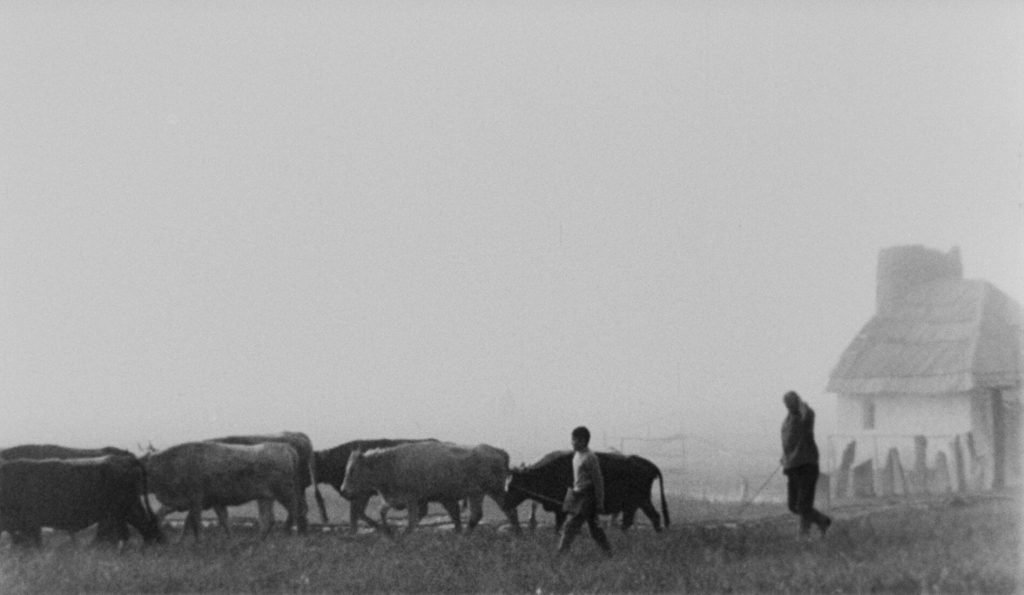
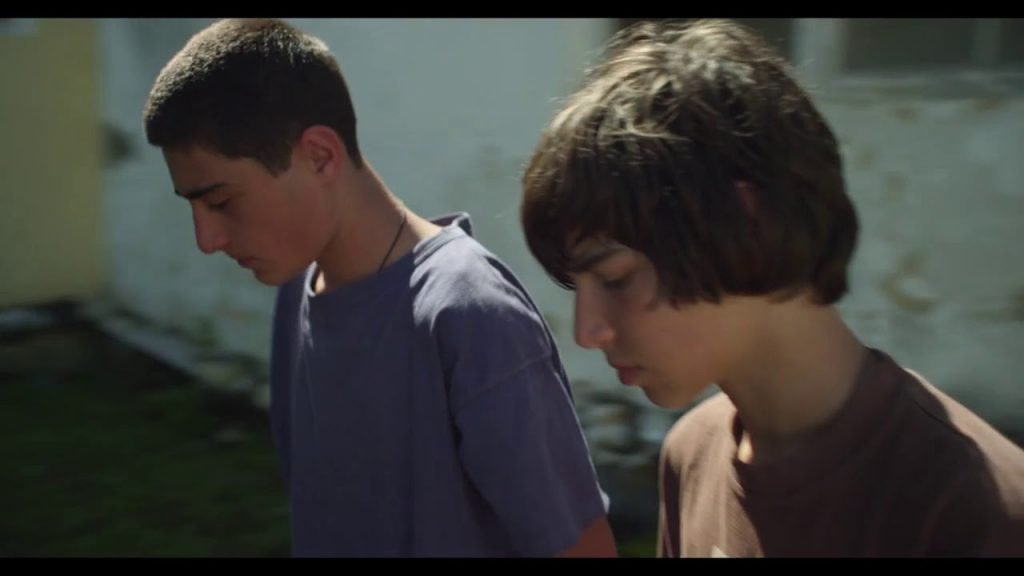
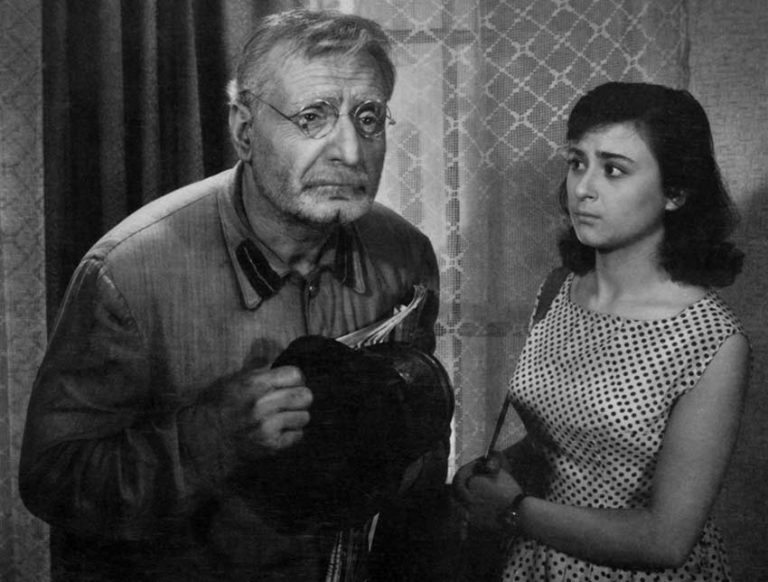
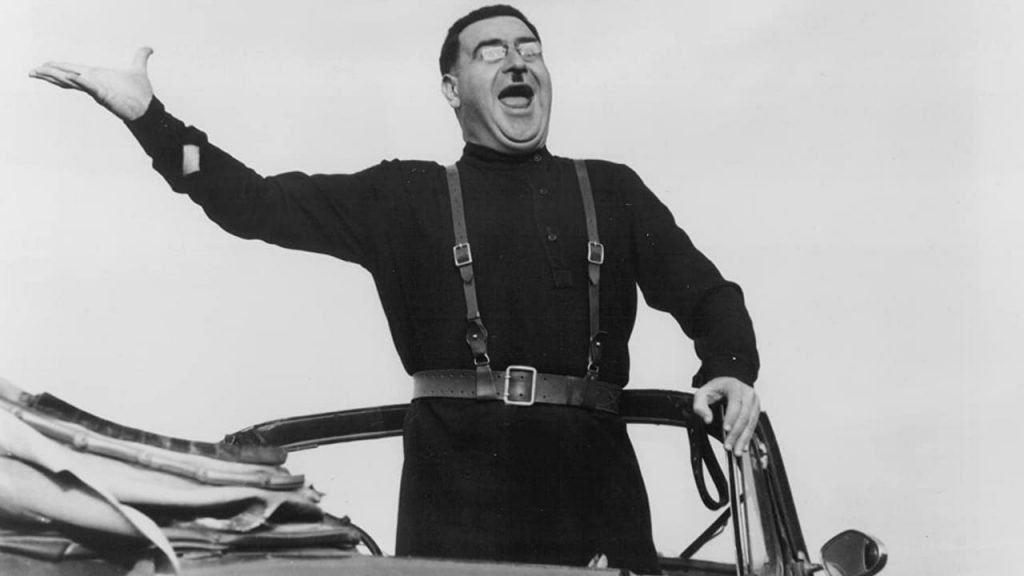
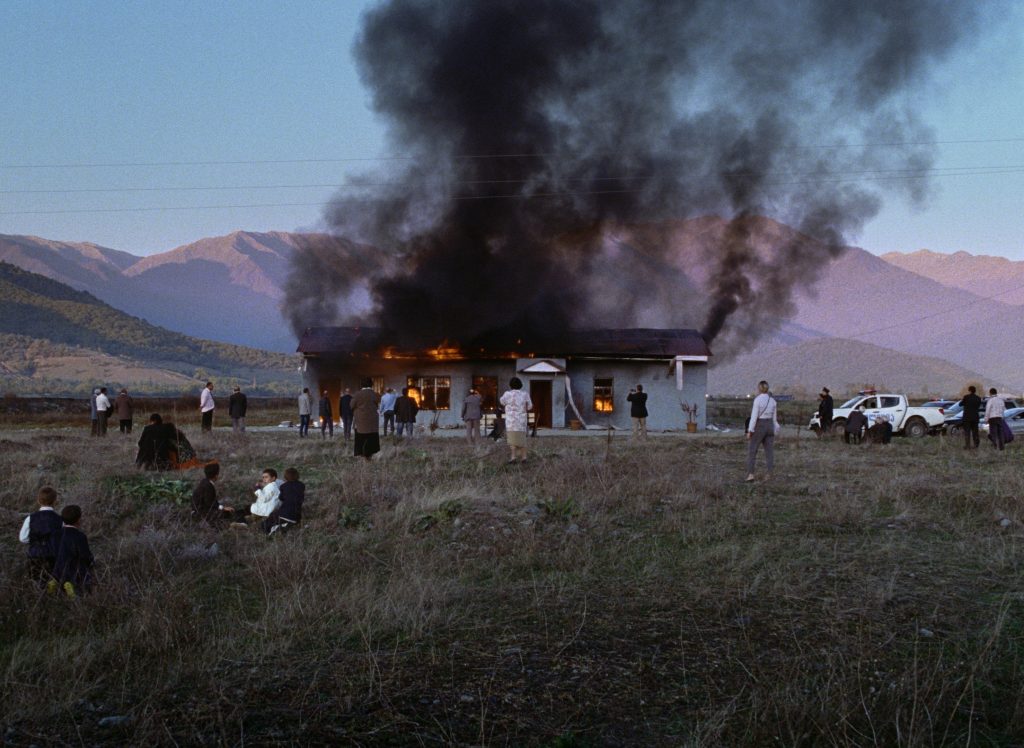
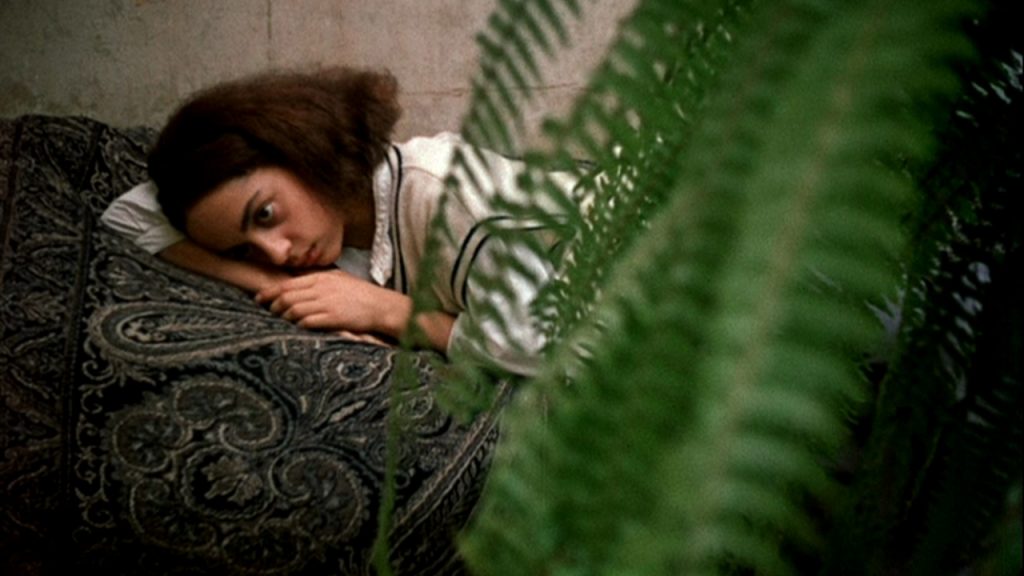
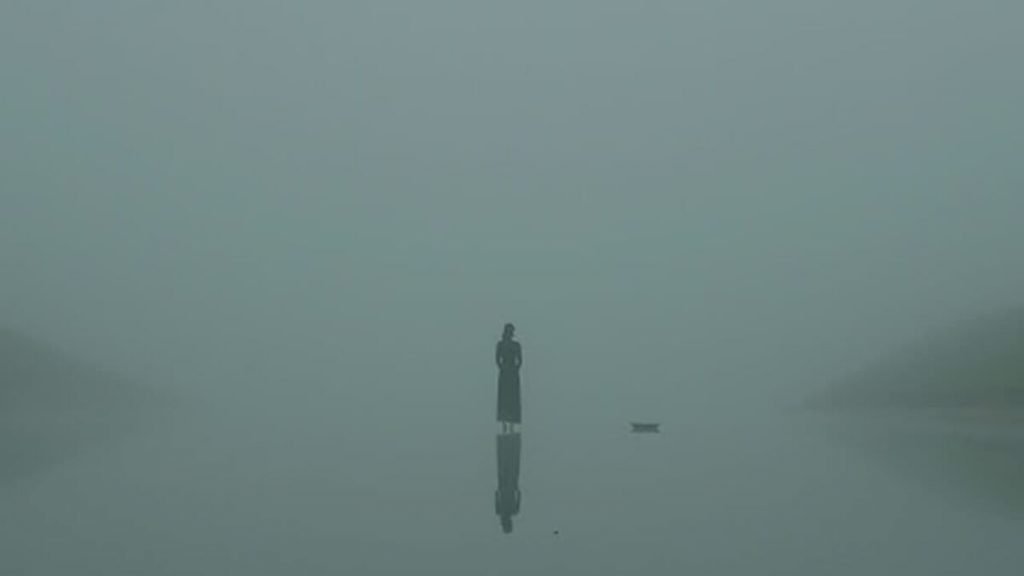
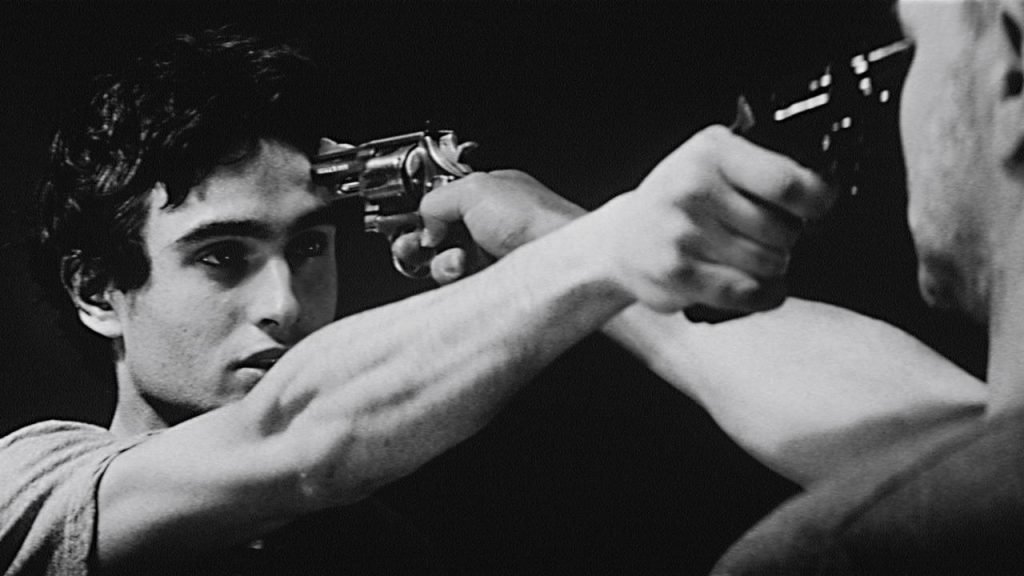
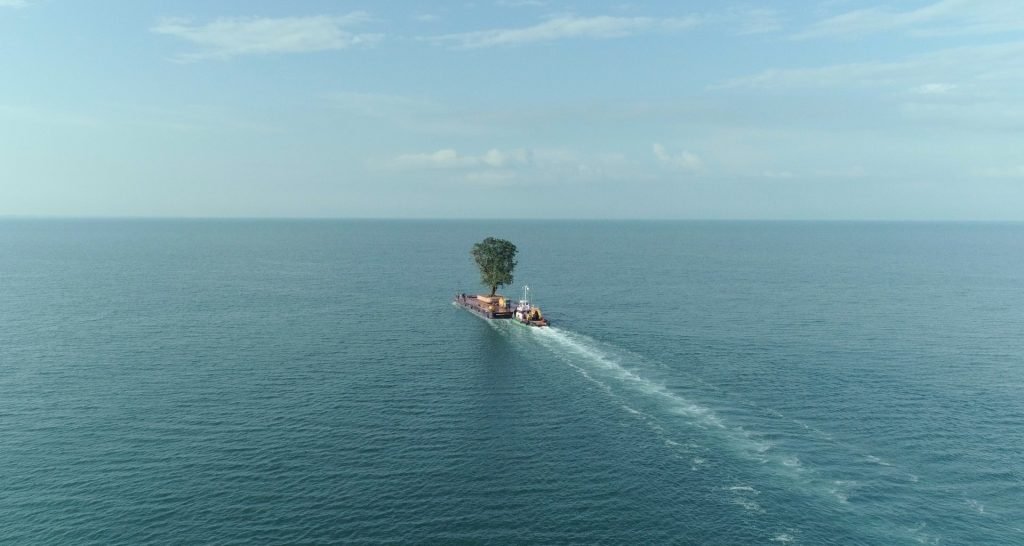
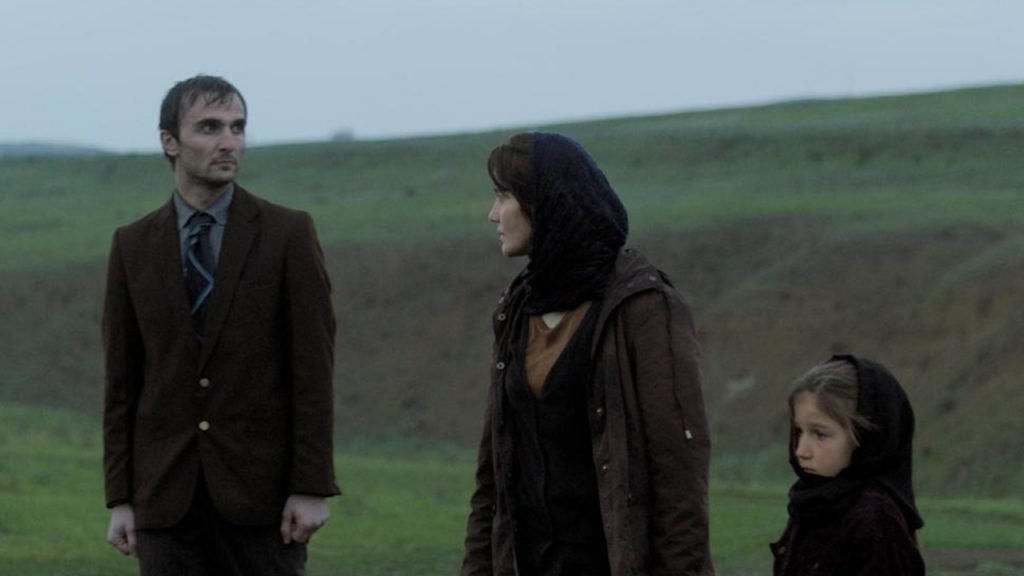

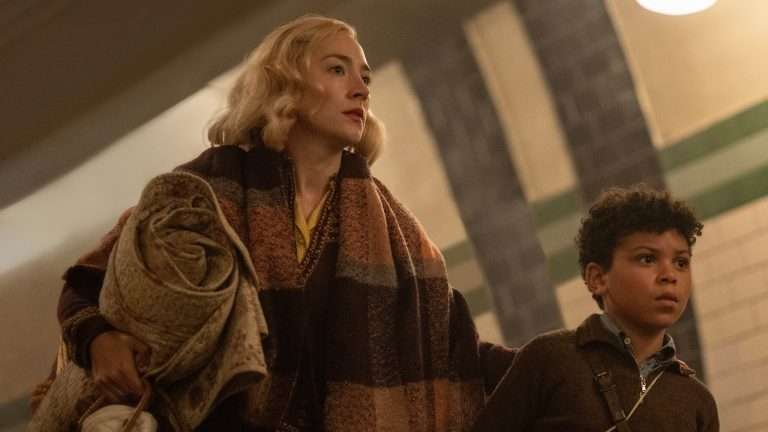
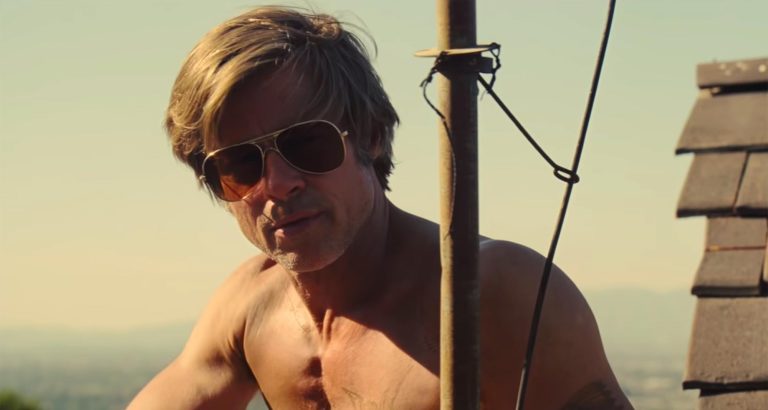
![The Territory [2022] Review: The Spirit to Fight back shines the brightest in this endearing Amazonian documentary](https://79468c92.delivery.rocketcdn.me/wp-content/uploads/2022/05/The-Territory-2022-Movie-Review-768x432.jpg)
